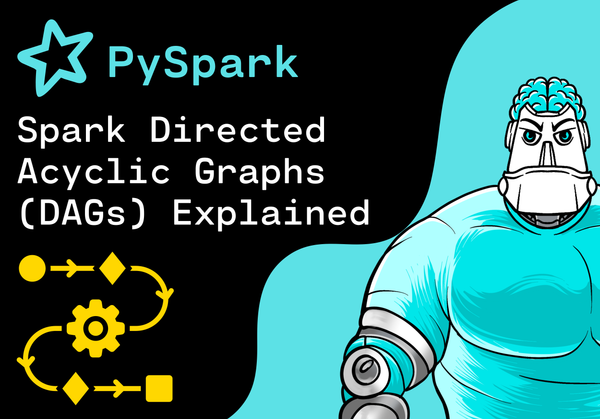
How to Rename Multiple DataFrame Columns at Once in PySpark
📘 Introduction Renaming columns is one of the most common transformations you’ll perform when cleaning or standardizing data in PySpark. Whether you’re aligning tables from different systems, preparing data for machine learning, or simply making column names more readable, updating many column names at once can quickly become tedious...









